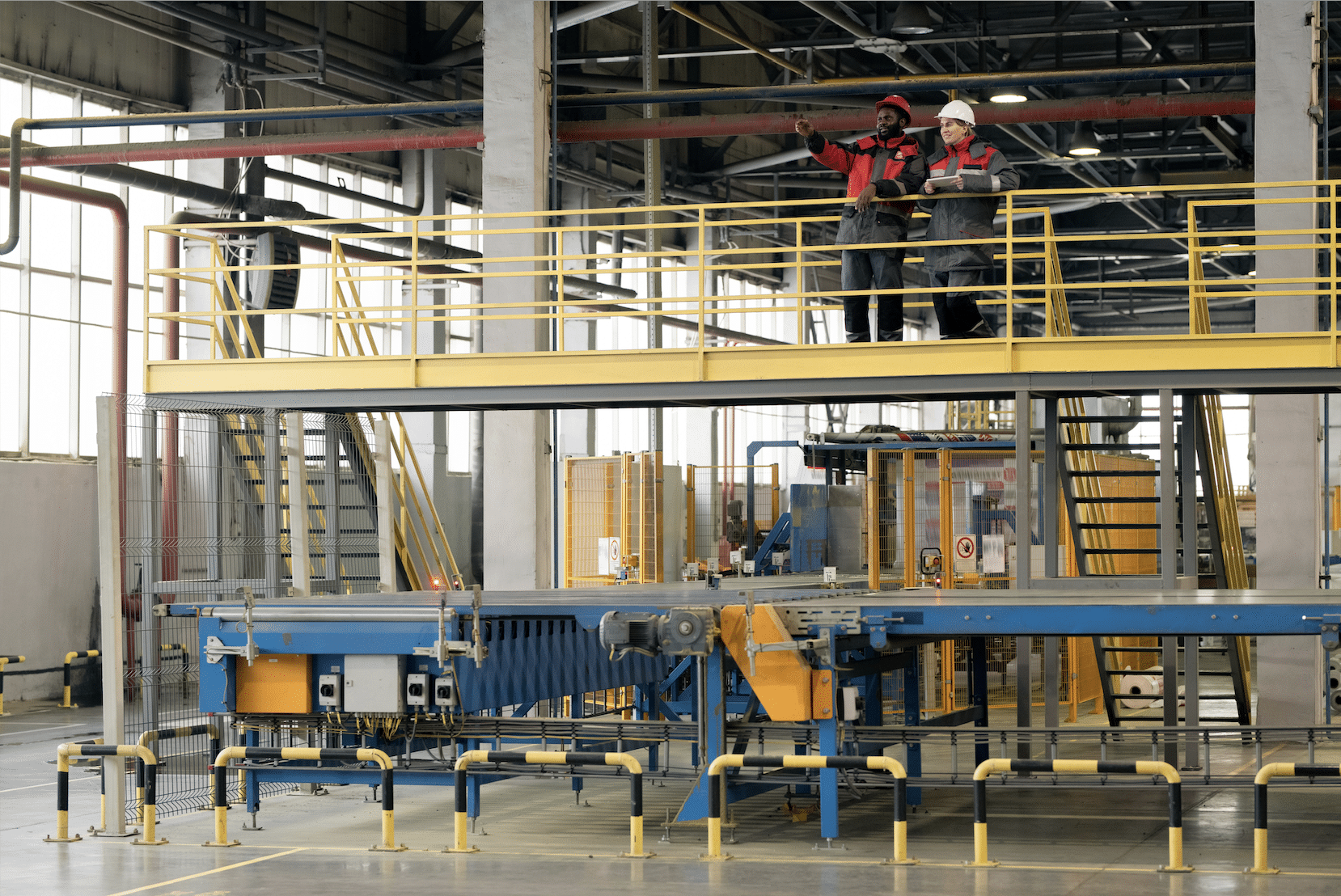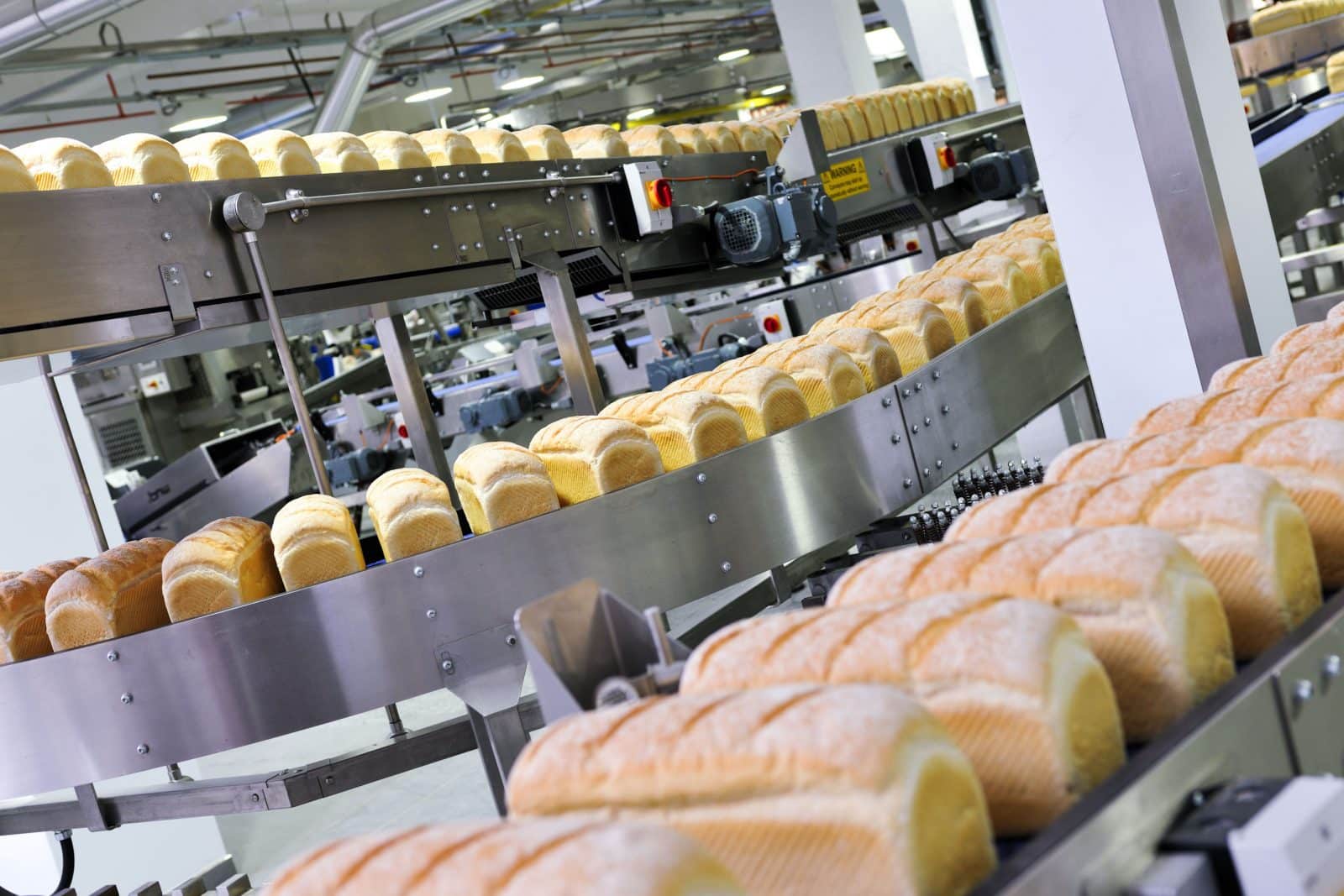What Is OCR Technology?
OCR Technology aka Optical Character Recognition (OCR) is a research field that incorporates artificial intelligence (AI), computer vision and pattern recognition. It refers to the process of electronic transformation of images of written, printed or typed text to machine-encoded text.
Put simply, it is the process performed by a computer of taking images of writing and turning them into text.
OCR has the potential to remove the need to manually process documents or re-enter data. This reduces data entry mistakes, decreases data loss or document misfiling – thereby saving valuable time and resources.
Text that has been converted in this manner can be edited, displayed and stored electronically and online. In addition, it can be used for machine translation, data and text mining, cognitive computing, and many other machine processes.
How Does OCR Technology Work?
Optical Character recognition takes in images – essentially grids of pixel values (dark and light) – and begins to process them. A certain amount of pre-processing is performed, perhaps to lighten dark images or increase contrast – in roughly the same way images are edited in software like photoshop.
After this, the images are fed into a special type of program; modern programs are based on Artificial Intelligence (Neural Networks) while older examples attempted to use straight algorithms to extract shape, colour or patterns.
The output of this process is text – not dissimilar to the text you are now reading. It is the processing implemented by the computer software in the middle that has undergone radical changes in the last few years.

How Has OCR Changed?
Combining optical character recognition and AI technology has resulted in revolutionary developments in the industry. But when was it first used? And how has this remarkable technology changed since then?
In the past optical character recognition was implemented using traditional image-manipulation algorithms. For example, computers were programmed to find lines that were straight or curved, and other shapes such as ellipses and circles. From this, they attempted to reconstruct the images they were processing into character representations.
In the last few years, neural networks have made massive leaps in efficiency and effectiveness. Instead of using a vast array of pattern-recognition tools, a neural network is a type of machine that is shown an input, produces a result and is then subtlely corrected if the result is wrong. This process happens millions of times until the same (approximate) input, such as a set of pixels that make up a character, result in the same output (the character itself).
Initially, optical character recognition had to be taught using images of individual characters. The technology also couldn’t recognise more than one font at a time. But improvements led to widespread use. It played a crucial role in businesses, autonomously processing hard copies of documents, and as a result, businesses could utilise data entry software to scan physical documents and generate digital copies.
OCR was already widely used in the 1990’s – long before the collaboration between artificial intelligence and optical character recognition was established. Cloud-based optical character recognition software and apps became available in the early 2000s.
Currently, OCR software continues to be used to convert printed or written documents into digital text. In fact, many of us use this technology on a daily basis to convert documents into PDF’s. Some advanced systems are able to produce formatted output that closely resembles non-textual elements on the original document such as columns and images. OCR technology is now capable of accurately recognising the majority of characters and fonts, with extremely low error rates.
Modern data capturing software has developed to the point of being able to record and understand the content that is analysed. As a result, AI-powered OCR software can now autonomously check for errors. However, as with any Artificial Technology, despite these technological advances there is still the possibility of mistakes. The process closely mimics that of humans undertaking the same task – a human that must-read documents and transcribe the text makes errors – about as many errors as modern neural networks do. The benefit is that the machines do it faster, and require no breaks or rest periods.
Optical Character Recognition Solutions for Your Business
OCR technology has a number of useful applications, including automated data entry, conversion of analogue documents into digital formats, and much more. If you would like to learn more about how you can implement optical character recognition in your business, you can read more on the Vision AI Suite, or contact Vision AI Suite to speak to a member of our team.
The Vision AI Suite provides business automation solutions using AI and RPA technology. Customer interactions, onboarding, identity verification and data extraction are just a few of the mundane tasks that can be automated using the Vision AI Suite.




